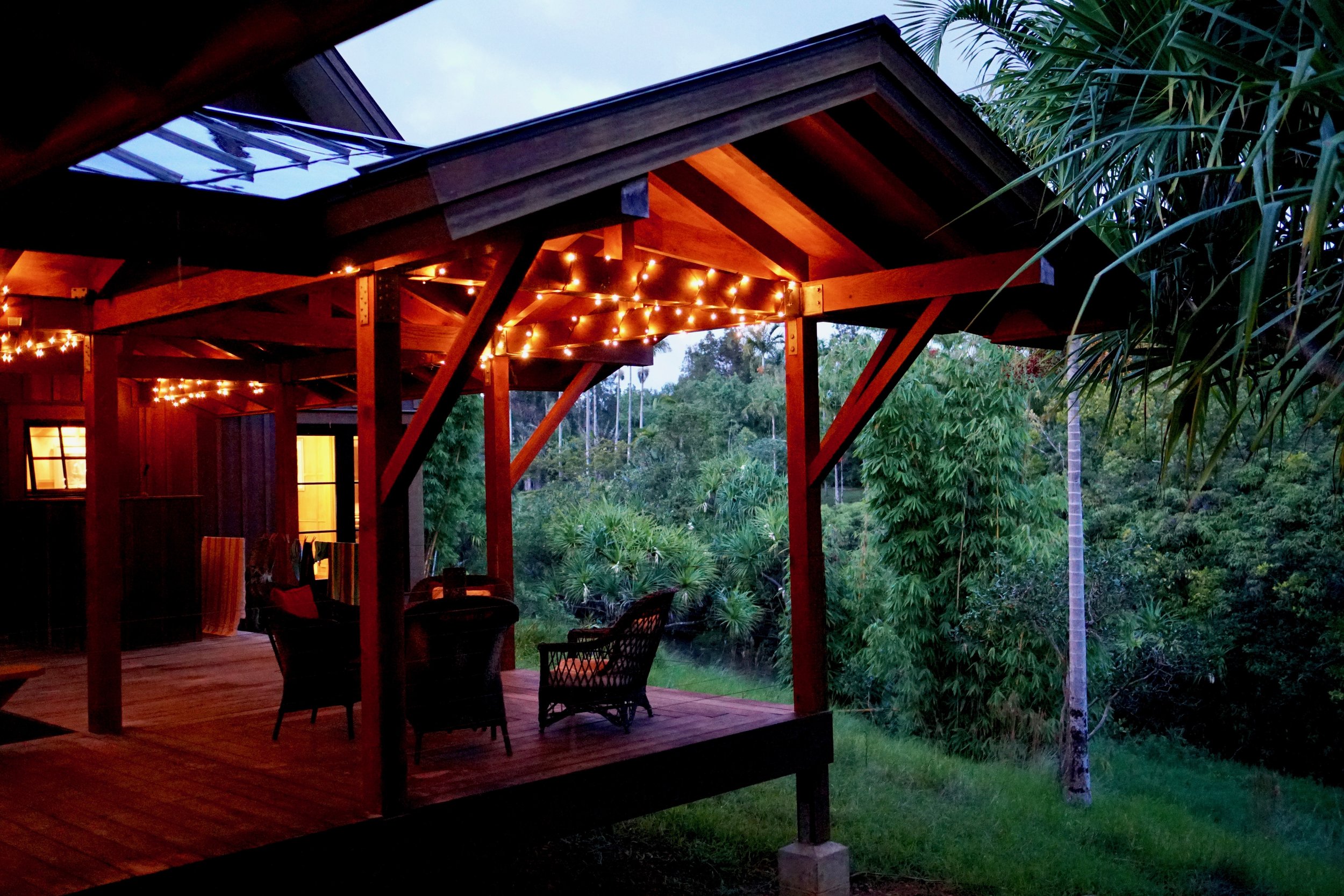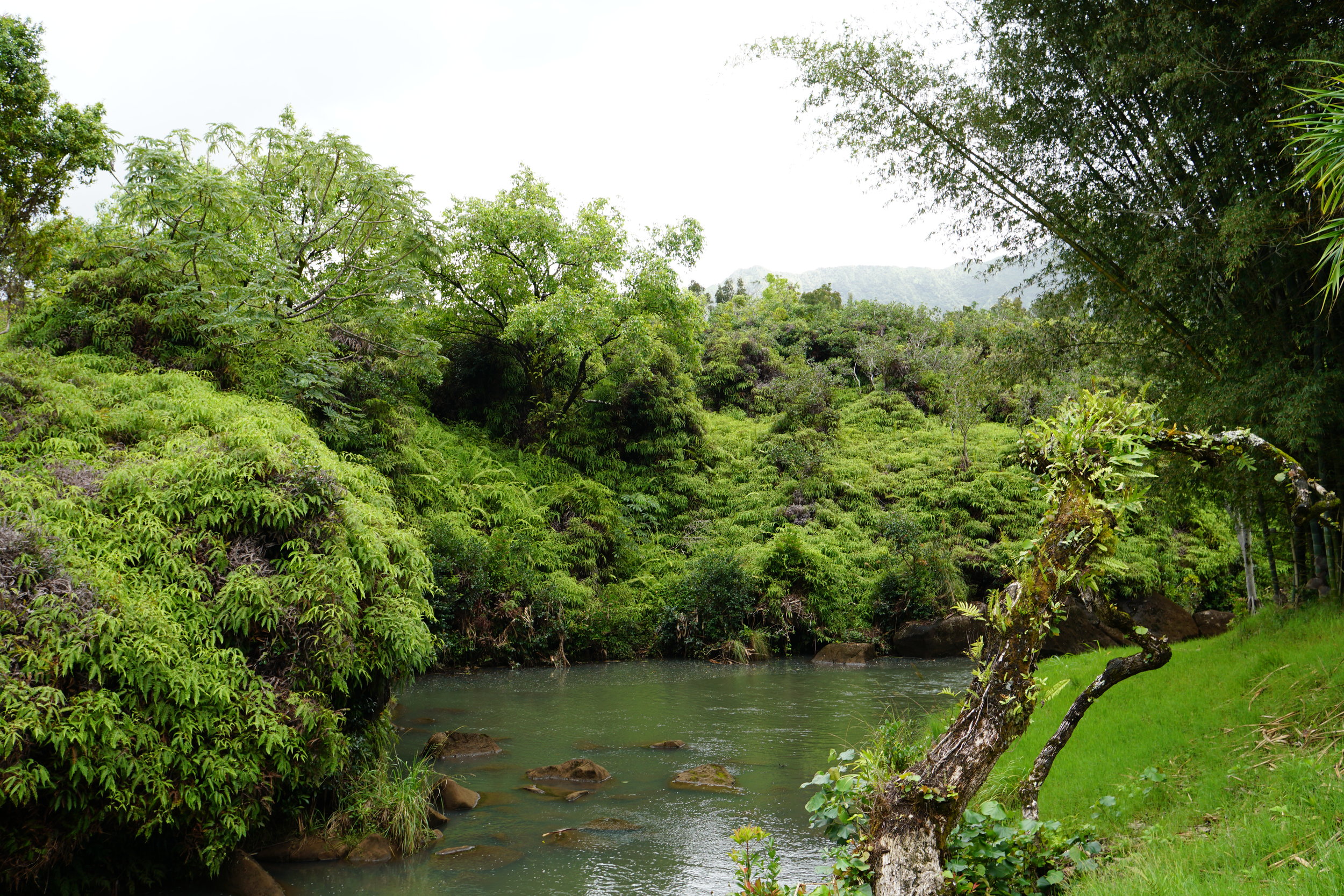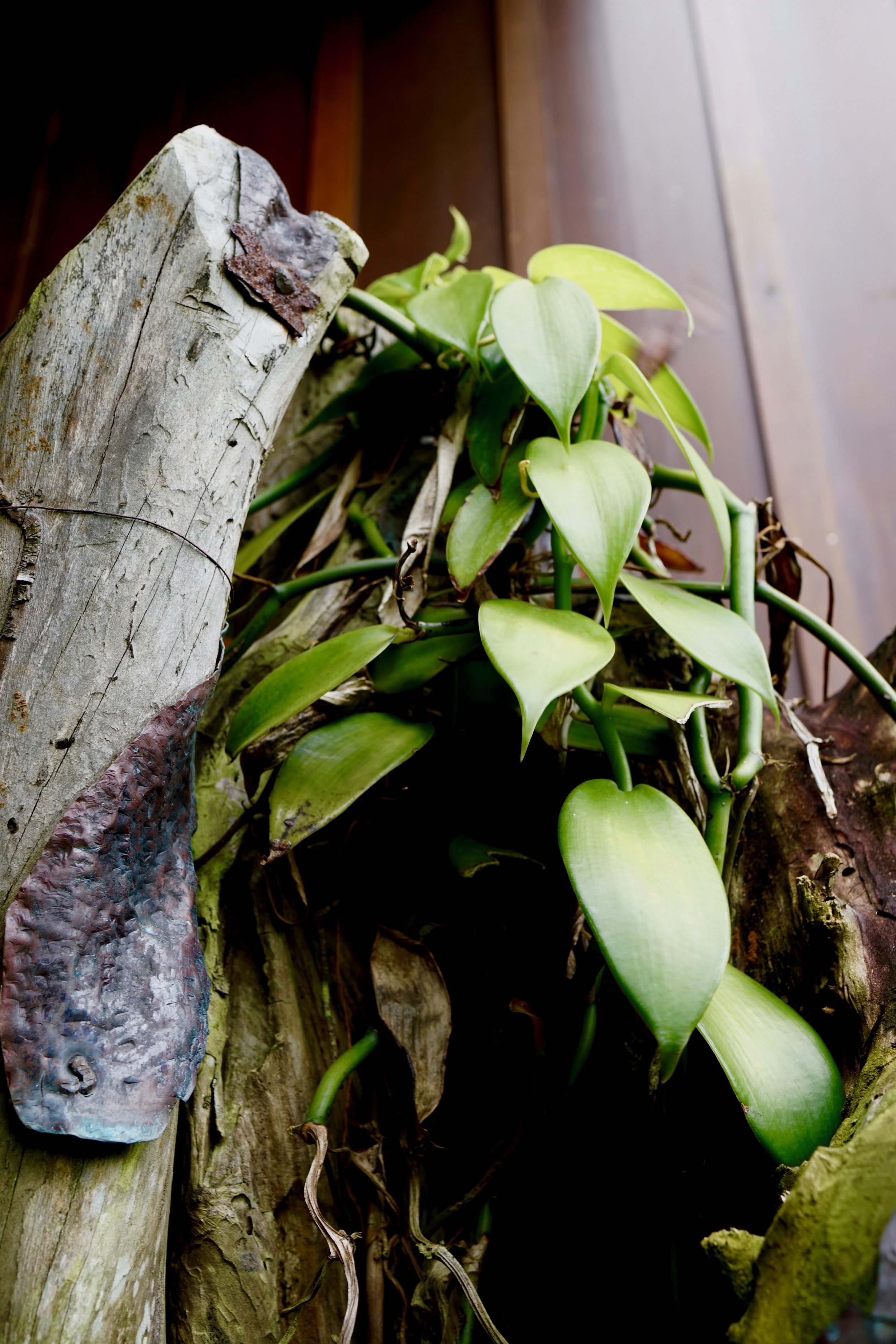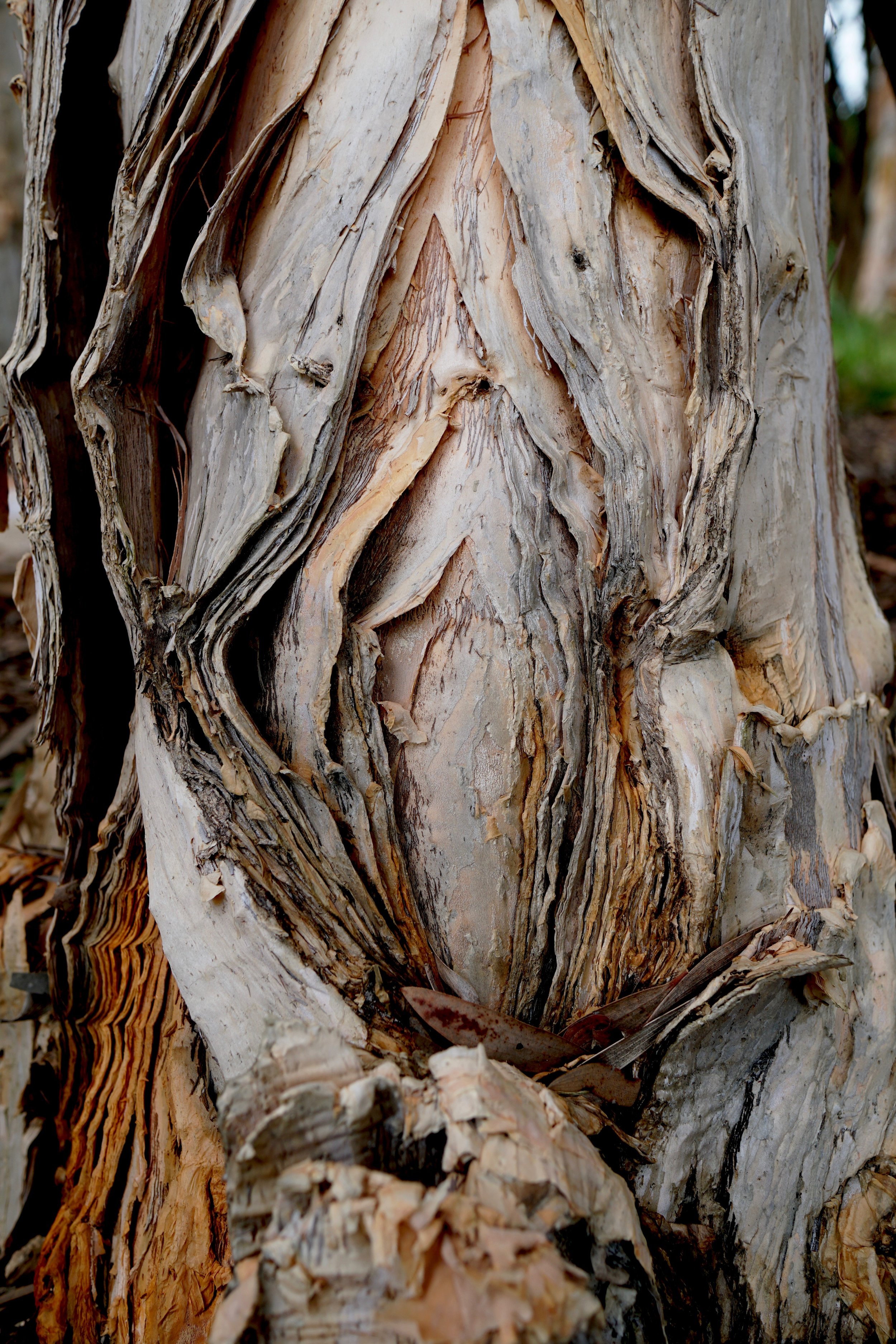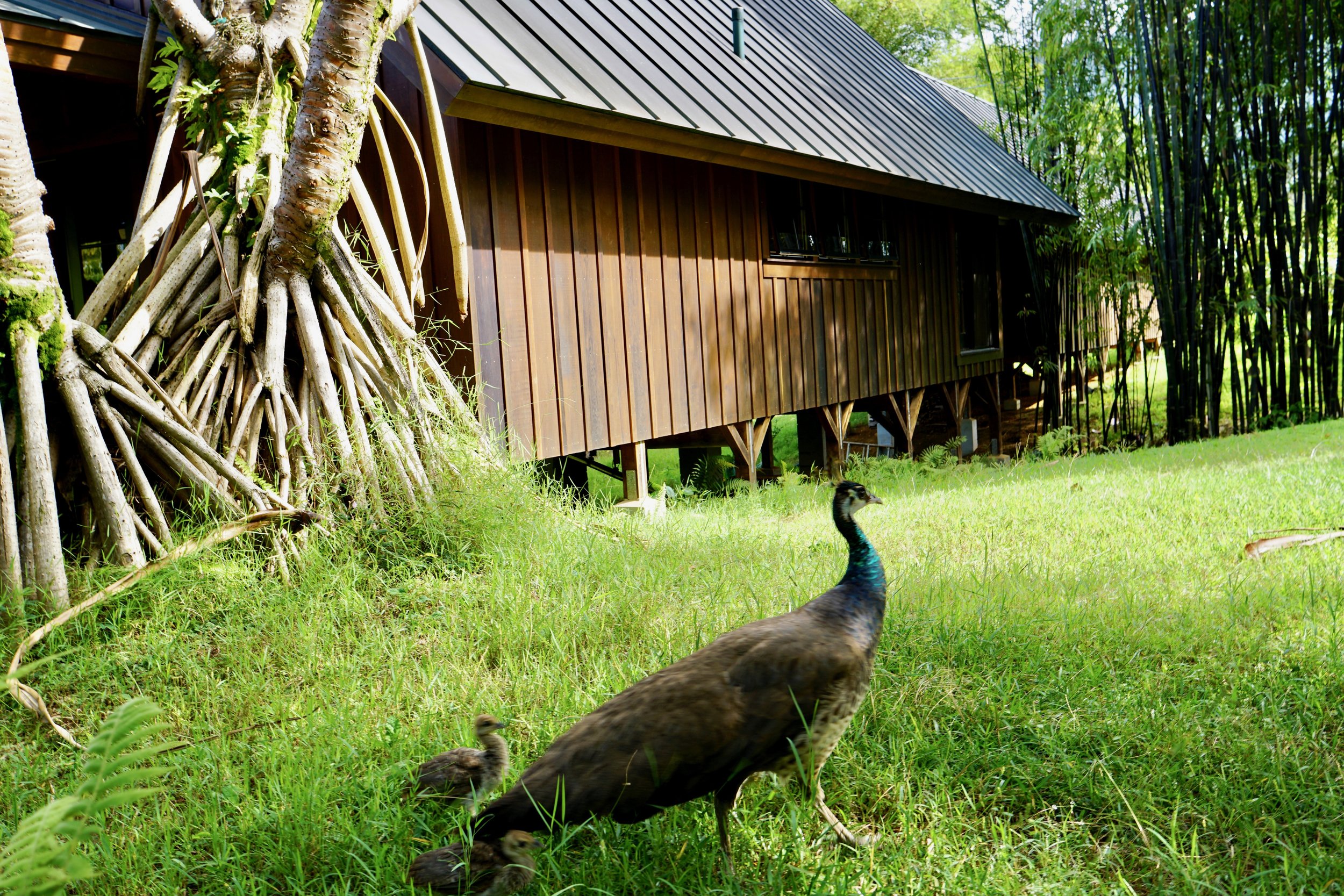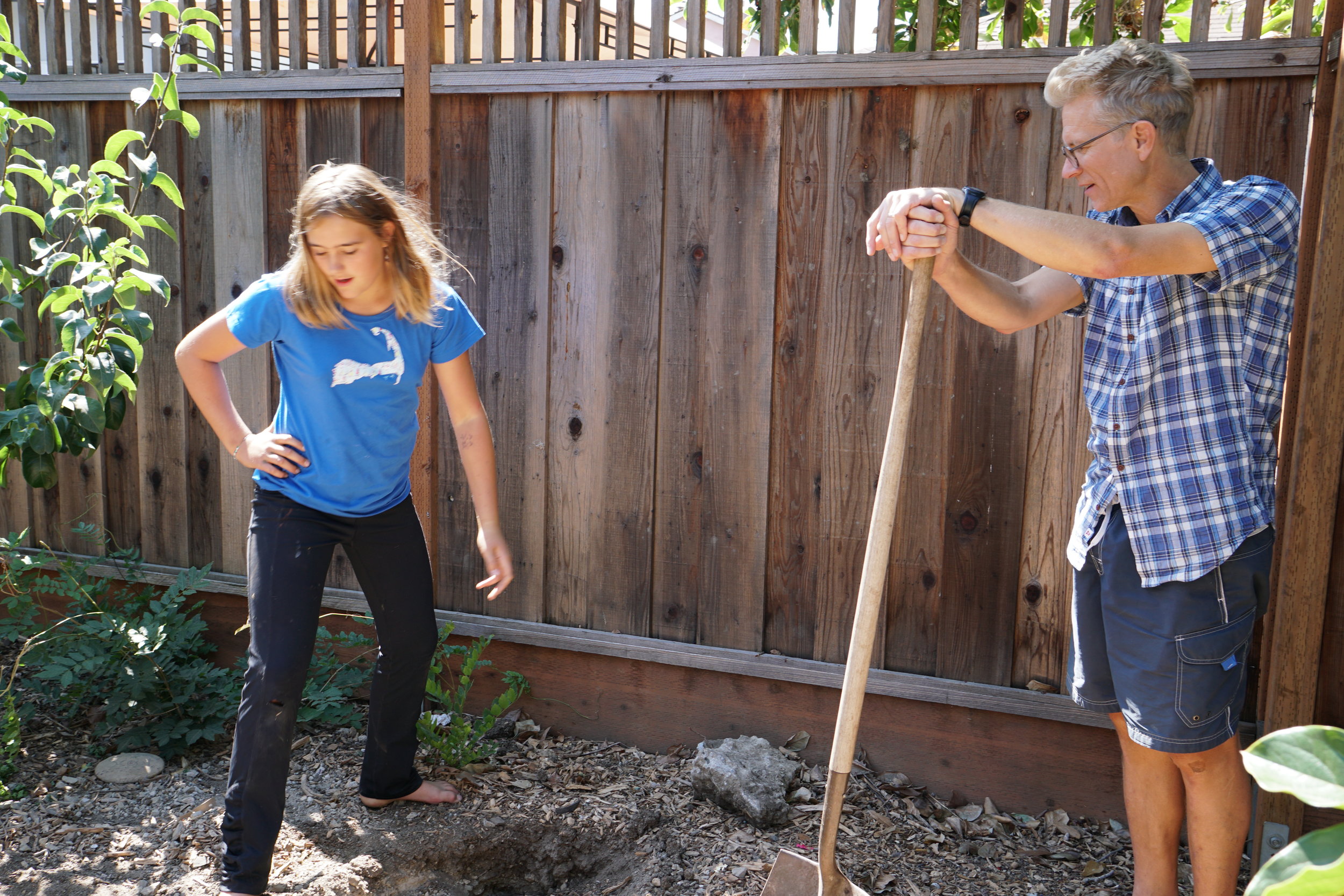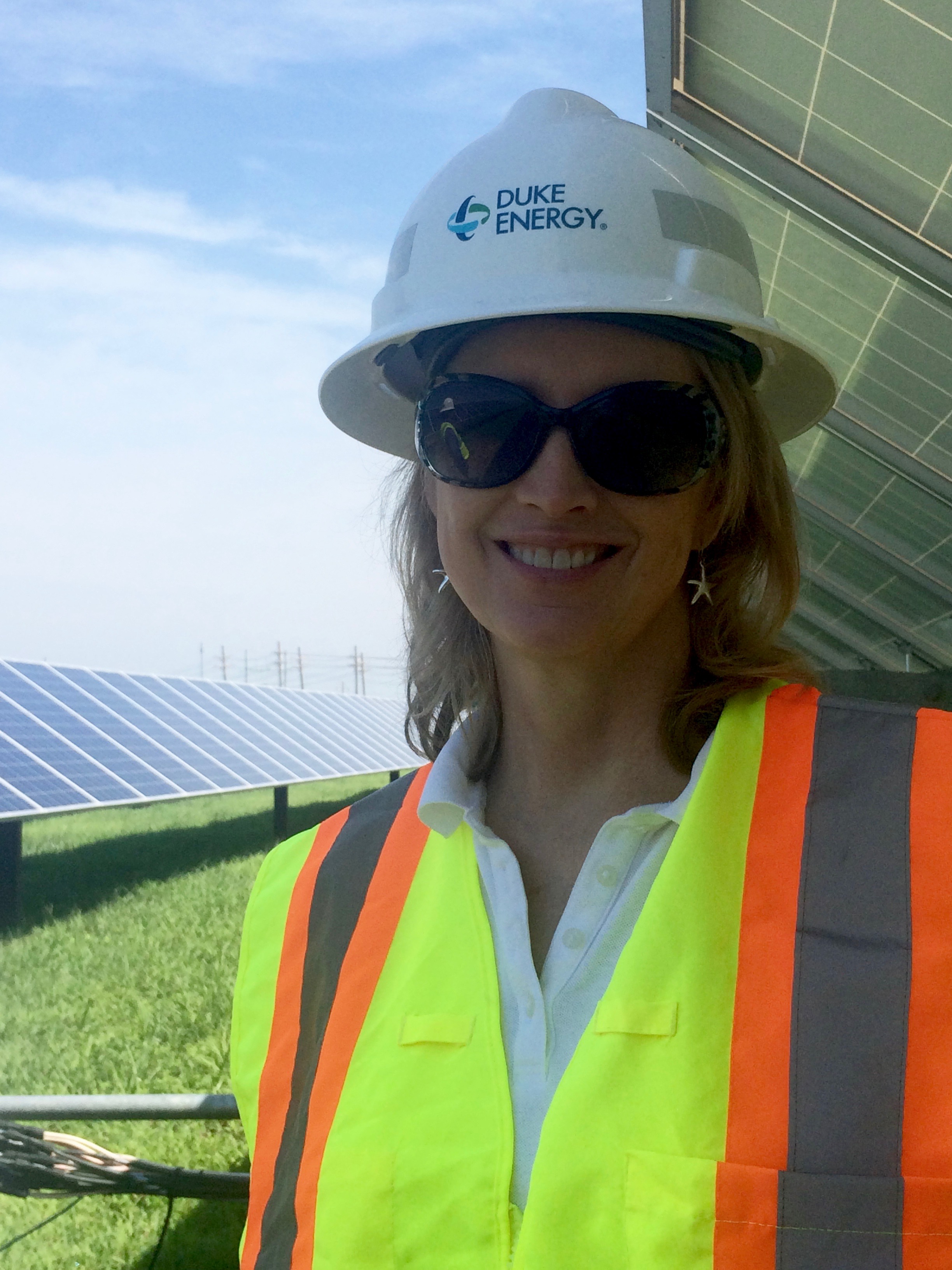For Former NOAA Scientists, an Ocean View with Offshore Wind is Picture Perfect
To Judy Gray and Jules Craynock, a 5 turbine wind farm in the Atlantic Ocean is one great front yard. From their red picnic table and bright flowered garden that wraps around the porch, you can see the five turbines in the distance.
Judy was a seasonal residence for 13 years before moving to the island full time in retirement with her partner Jules. The plans and timeline for the development of the wind farm started to take shape soon after the couple moved to the island permanently.
The two have had a deep understanding of the climate crisis since the beginning- both studied to become scientists, and worked for National Oceanic and Atmospheric Administration (NOAA) for over 30 years. Judy, a meteorologist, knows the devastating impacts of fossil fuels and human dependence on them. Two days after the BP Deepwater Horizon spill took place, she took on the role Acting Deputy of Research for NOAA. Prior to that, she was working in fishery research on Prince William Sound when the Exxon Valdez oil spill occurred. Jules was an oceanographer for NOAA and completed projects with the EPA and Army Corps of Engineers
She and Jules have been waiting for this moment for years- the moment when clean, steady electricity is finally supplied to the island. They are overjoyed at the idea of running entirely on renewable energy (on the windy days).
“ [The wind project] is totally consistent with our ethos, and how we live our lives. " Judy says.
The couple thought of installing an Uninterruptible Power Supply (UPS) for the entire house, which are used on submarines, before the vision of a wind farm and backup electricity from the mainland came to life. They were tired of replacing electrical appliances every year because the power supplied by the diesel generators regularly operated at 58 hertz, not the standard 60 hz that appliances were designed to run on. Judy mentions that she replaced a dishwasher that hadn’t been used 100 times. The dishwasher was only used during the summer, and only by people who rented the house.
But poor electricity supply couldn’t dissuade her from finally taking full time residence on Block Island. “This place owns me …it’s breathtakingly beautiful. It’s like a cat- you don’t own a cat, the cat owns you”
When asked about what is it about Block Island that draws her in she recalls a story of war brides from the second world war who would seek solace in Block Island because it reminded them of the English and Irish countryside. The beauty is one thing. In true scientific form, she also spewed meteorological figures about how Block Island was created and its geological uniqueness and diversity.
“It’s not a barrier beach in the traditional sense. This is a glacier terminal moraine from the last major ice age. "
She also recalls that as a child her parents felt safe on the island. They would take trips to the island from Connecticut, and her parents let the children roam free.
“It’s where the idea of independence first formulated as a core value; this is where I was first able to exercise that value.”
Now her mother resides near by and they all enjoy the New England island life.
And they couldn’t be happier with their new view.
“The fact that we’re getting good power has not really been brought up.” Jules says.
Invigorated by the change, and no longer in need of an external UPS, they are hoping to complete an extension that involves a solar array and tied electrical radiant floor heating. Now that they are off diesel for electricity, they are also looking to ween off of dependence on propane, and the volatility of market heating prices that they are vulnerable to. A diversity of heating sources is the next step in securing reliable, affordable and stable energy supply.
For now they settle for a beautiful view, and some stable, high quality electricity to go with it.
Jules professes: “The bottom line is this is all we’ve got. As a populous, we can continue to soil our own nest, or we can pay attention to issues like sustainability, pollution, and try to minimize our impact so that we can figure out how to sustain ourselves.”
And the Block Island Wind Farm is helping them get there.









